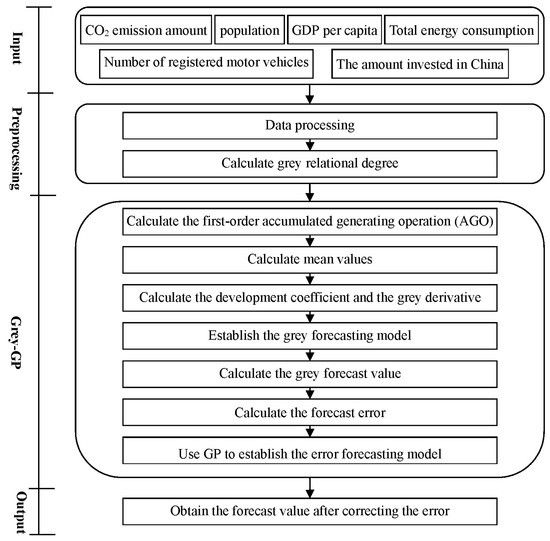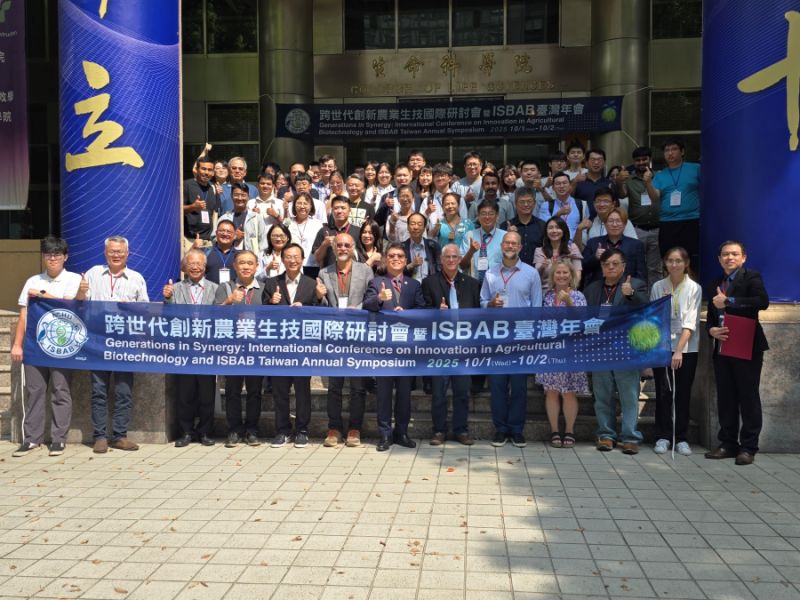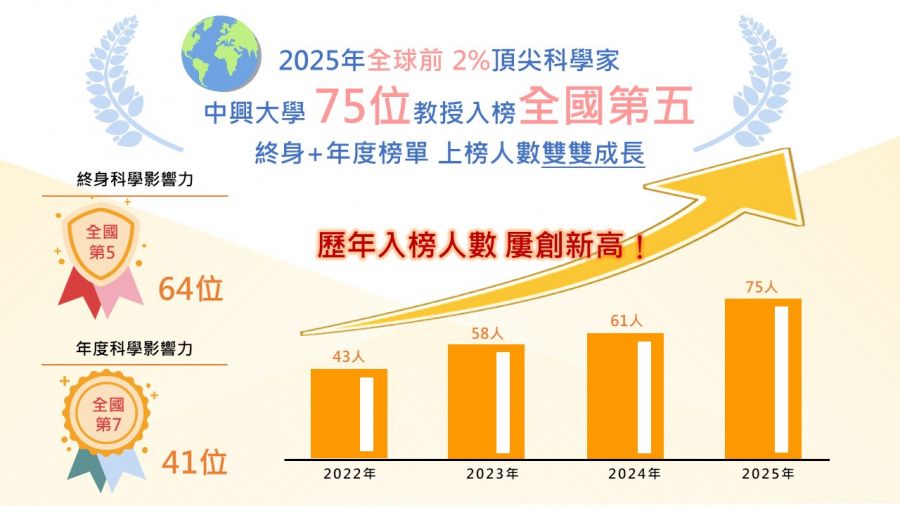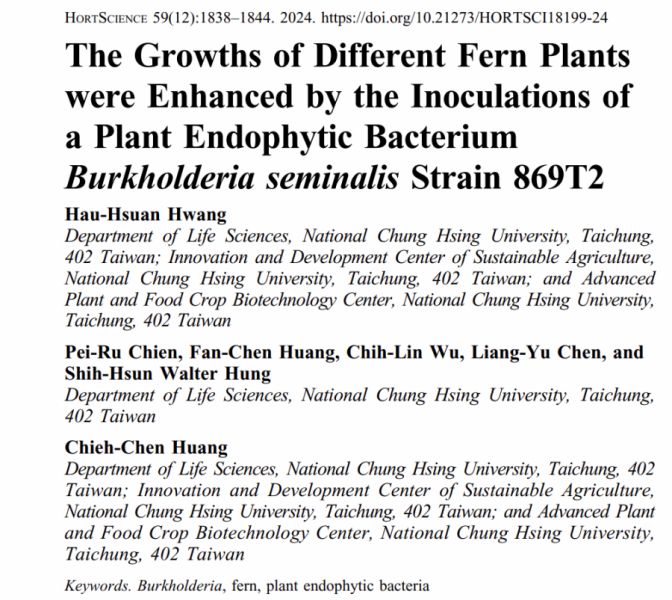| 論文篇名 | 英文:Considering Multiple Factors to Forecast CO2 Emissions: A Hybrid Multivariable Grey Forecasting and Genetic Programming Approach 中文:考慮多重因子預測CO2排放:混合多變數灰色預測與基因規劃方法 |
| 期刊名稱 | Energies |
| 發表年份,卷數,起迄頁數 | 2018 11, 3432 (25pages) |
| 作者 | Lin, C. C, R. X. He, and W. Y. Liu* |
| DOI | 10.3390/en11123432 |
| 中文摘要 | 技術和經濟的發展通常伴隨著化石燃料使用量的激增。全球變暖可能會加速空氣污染並引發洪水和乾旱,不僅影響人類安全,而且還會導致劇烈的經濟變化。因此,二氧化碳排放的趨勢和影響排放增長的因素引起世界各國的廣泛關注。相關研究調查了許多影響碳排放的因素,例如燃料消耗,運輸排放和國家人口。以前大多數預測碳排放的研究沒有考慮兩個以上的因素。傳統的預測碳排放量的統計方法通常需要一些假設和限制,如正態分佈和大型數據資料。所以本研究提出一種由多變量灰色預測模型和遺傳規劃組成的兩階段預測方法。第一階段的多變量灰色預測模型具有將多個因素引入預測模型的優勢,並且僅用四個或更多樣本就可以準確地進行預測。但是,當數據為非線性時,灰色預測的效果可能會更差。為了克服這個問題,第二階段是採用遺傳編程建立誤差校正模型,以減少預測誤差。為了評估該方法的效果,對2000年至2015年台灣的二氧化碳排放量進行了預測和分析。對多種因素的各種組合進行的實驗比較表明,所提出的預測方法比以前的方法具有更高的準確性。。 |
| 英文摘要 | Development of technology and economy is often accompanied by surging usage of fossil fuels. Global warming could speed up air pollution and cause floods and droughts, not only affecting the safety of human beings, but also causing drastic economic changes. Therefore, the trend of carbon dioxide emissions and the factors affecting growth of emissions have drawn a lot of attention in all countries in the world. Related studies have investigated many factors that affect carbon emissions such as fuel consumption, transport emissions, and national population. However, most of previous studies on forecasting carbon emissions hardly considered more than two factors. In addition, conventional statistical methods of forecasting carbon emissions usually require some assumptions and limitations such as normal distribution and large dataset. Consequently, this study proposes a two-stage forecasting approach consisting of multivariable grey forecasting model and genetic programming. The multivariable grey forecasting model at the first stage enjoys the advantage of introducing multiple factors into the forecasting model, and can accurately make prediction with only four or more samples. However, grey forecasting may perform worse when the data is nonlinear. To overcome this problem, the second stage is to adopt genetic programming to establish the error correction model to reduce the prediction error. To evaluating performance of the proposed approach, the carbon dioxide emissions in Taiwan from 2000 to 2015 are forecasted and analyzed. Experimental comparison on various combinations of multiple factors shows that the proposed forecasting approach has higher accuracy than previous approaches |
【學術亮點】考慮多重因子預測CO2排放:混合多變數灰色預測與基因規劃方法 2018-12-07

生態農業:農業精準栽培管理技術開發【森林系柳婉郁特聘教授】






